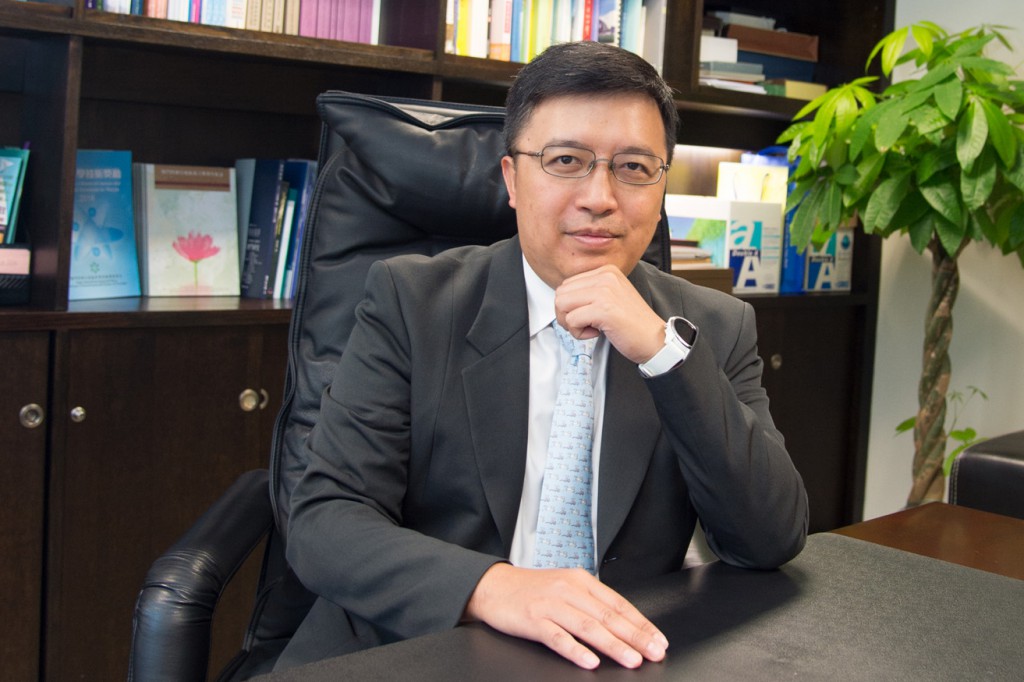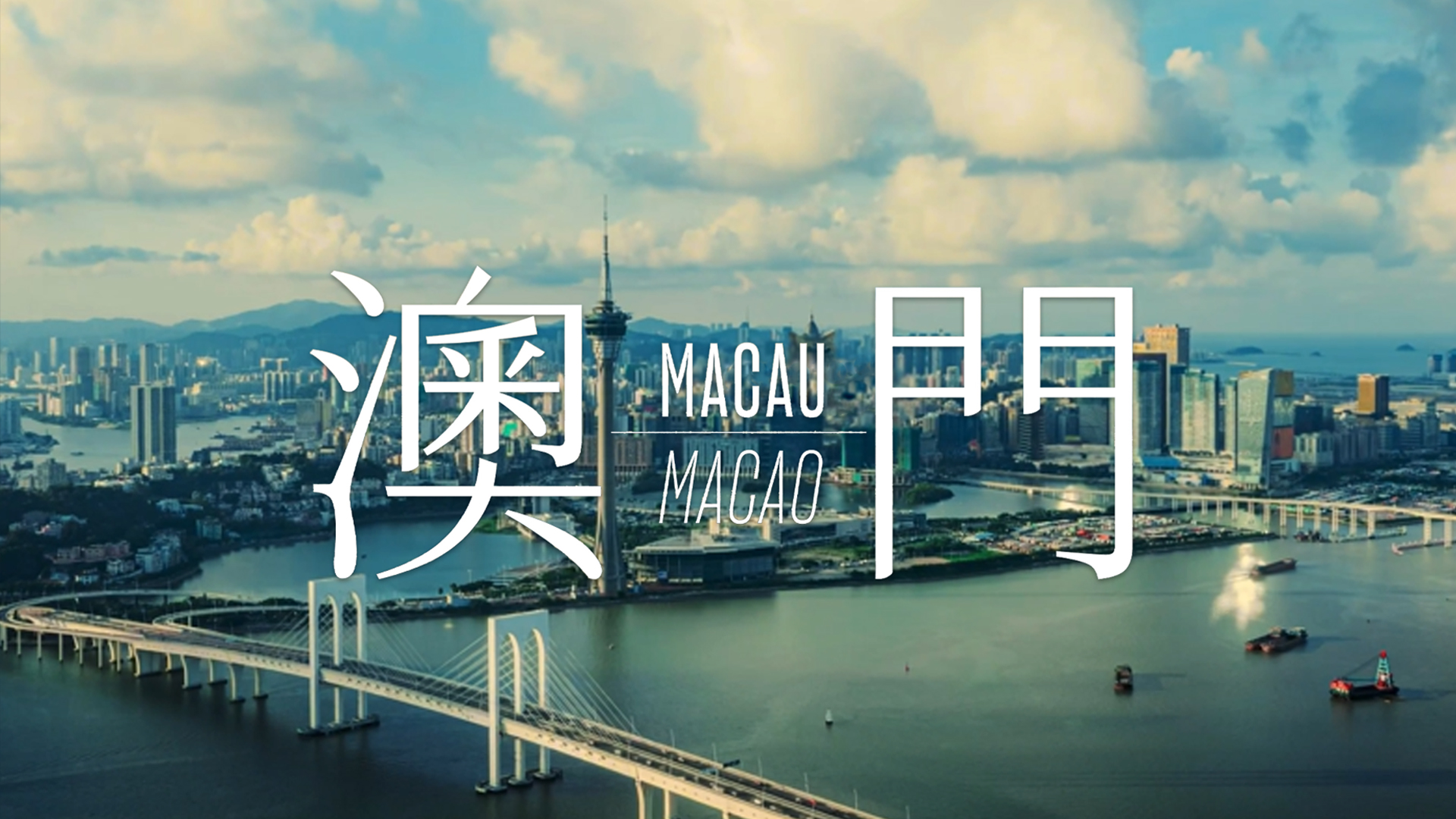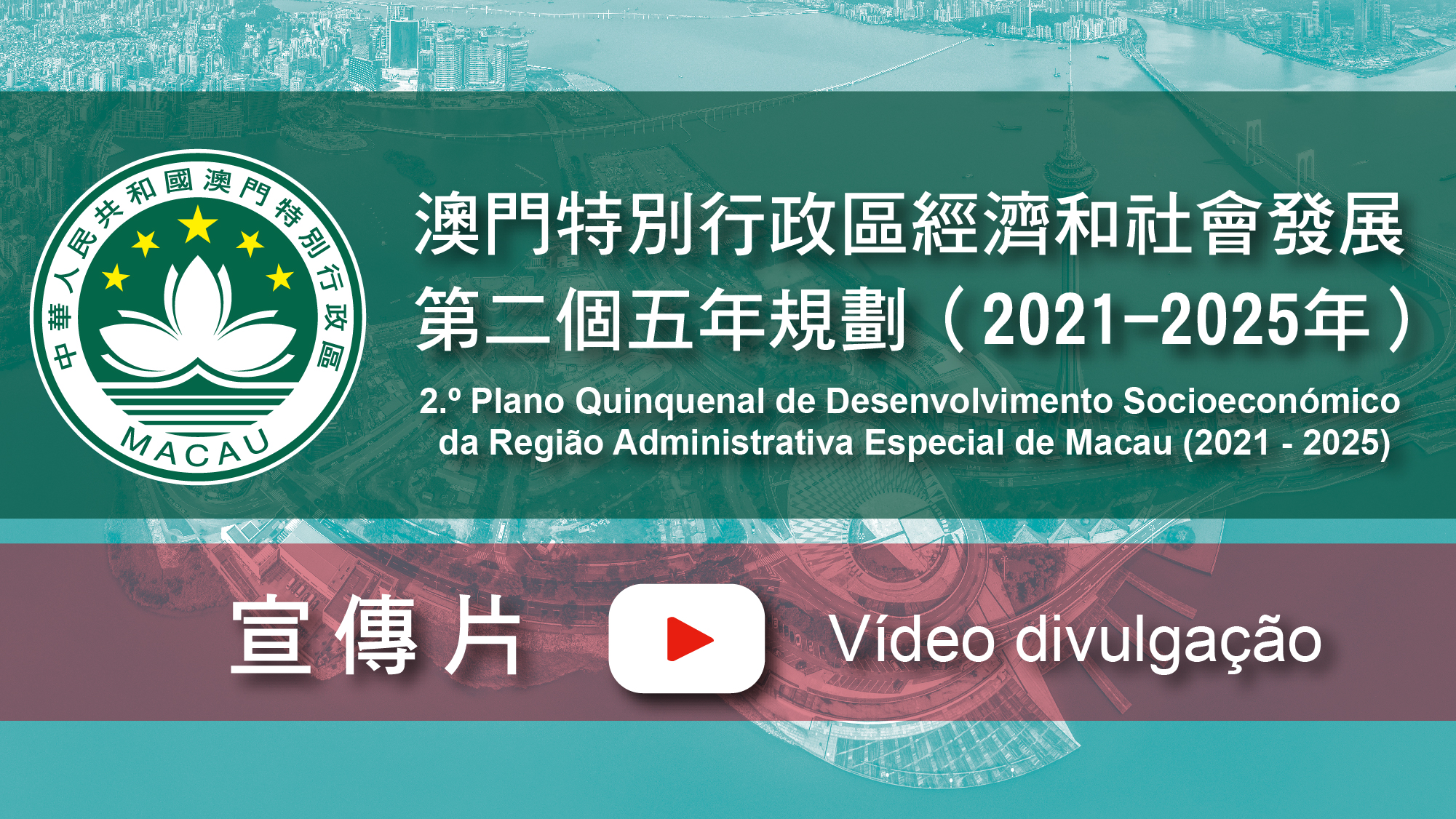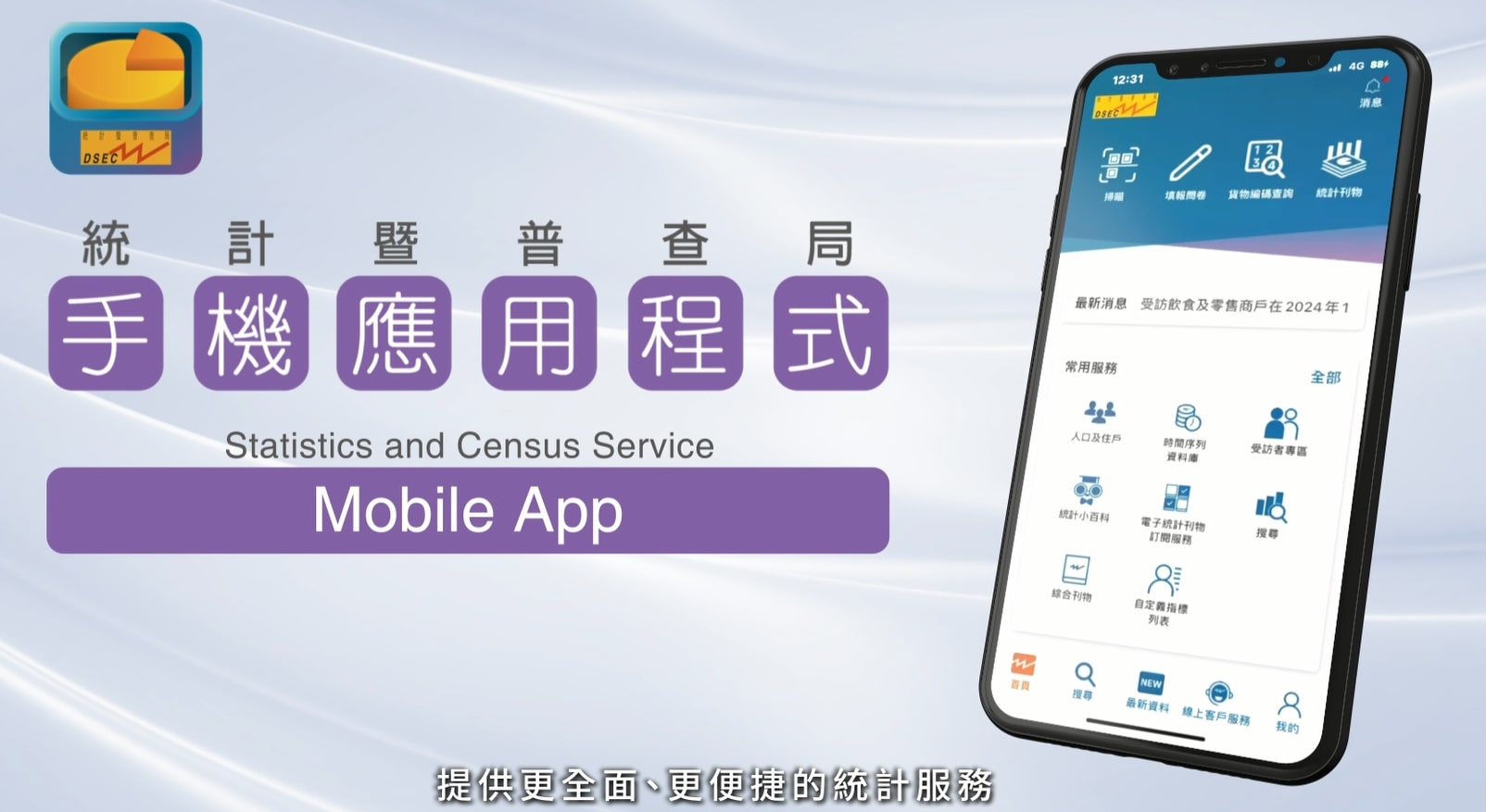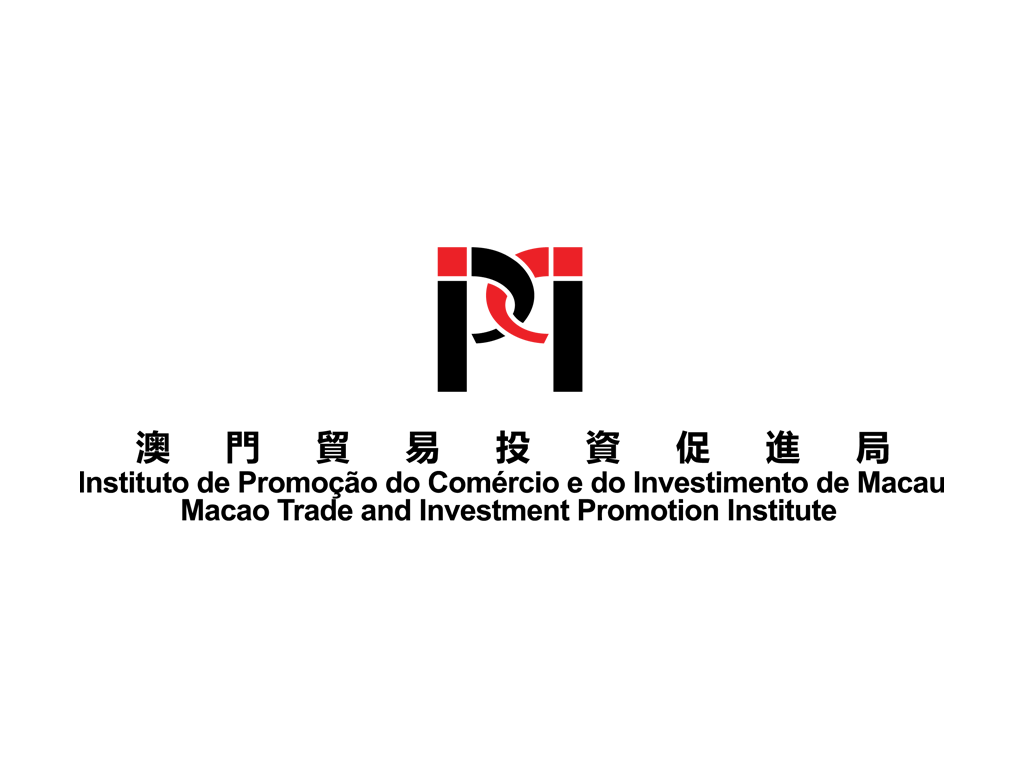Search Issues
Macao on track toward smart city status
Interview with Ma Chi Ngai, President of the Administrative Committee of the Macao SAR Science and Technology Development Fund
The Macao SAR Government first introduced its smart city mission through the development of big data technology in its “Policy Address for the Fiscal Year 2016”. Subsequently, in “The Five-Year Development Plan of the Macao Special Administrative Region (2016-2020)”, the goal for Macao to become a smart city was strengthened and aligned with the big data strategies outlined in China’s 13th Five-Year Plan.
Ma Chi Ngai, President of the Administrative Committee of the Macao Special Administrative Region Science and Technology Development Fund, told Macao Image how the city is ramping up its game to achieve greater mobility for commuters, better healthcare services for patients and develop broader tech skills and knowledge platforms for the next generation.
First of all, how do you define a smart city?
The definition of a smart city is to incorporate advanced technologies (including the Internet of Things, Big Data and Artificial Intelligence, etc.) to enhance the performance of urban services to be people-oriented and achieve sustainability.
How has Macao built a smart city in terms of transportation?
A smart transportation system bases its decisions on reliable traffic data. Macao is now teaming up with Alibaba Cloud, a cloud computing subsidiary of Chinese tech giant Alibaba Group, to establish a cloud computing system and a big data platform to relay traffic information, and the framework for such data acquisition starts with smart infrastructure. Harnessing image analysis and cloud computing technologies, Macao is developing intelligent smart traffic lights to streamline traffic flows and monitor road conditions. Building smarter traffic lights could also help reroute traffic so as to reduce traffic congestion when accidents occur. Police resources could also be better allocated to accident scenes based on the information collected by the traffic lights.
Additionally, big data could also help facilitate public transport network planning. Currently, we have a mobile app that tracks public buses live via GPS (Global Positioning System) technology. Next, we could have high-resolution cameras installed on public buses in order to capture passenger flow in real time. Such data could support the planning of bus routes and let people know ahead of time whether or not the bus is full. We also want to expand the application of GPS systems to other public transports to enable more accurate estimation of traffic density.
Also, the Transport Bureau has been promoting smart parking systems in Macao. So far, the number of vacant car park spaces at some of the parking facilities in the city is being shown on major road infrastructures. We hope to expand such technologies to outer parking lots for greater driver convenience.
To support the transition from 4G to 5G wireless mobile networks, we are looking into possible ways to equip smart lamp posts in the city with the aim to carry 5G electronics, as well as sensors to collect data on air pollution and noise. But intelligent lamp posts still have a long way to go before reaching mass adoption. For example, lamp posts in Macao do not have power in the morning. Currently, pilot smart posts throughout Macao are supported by power boxes which limits the stability and functionality of the idea.
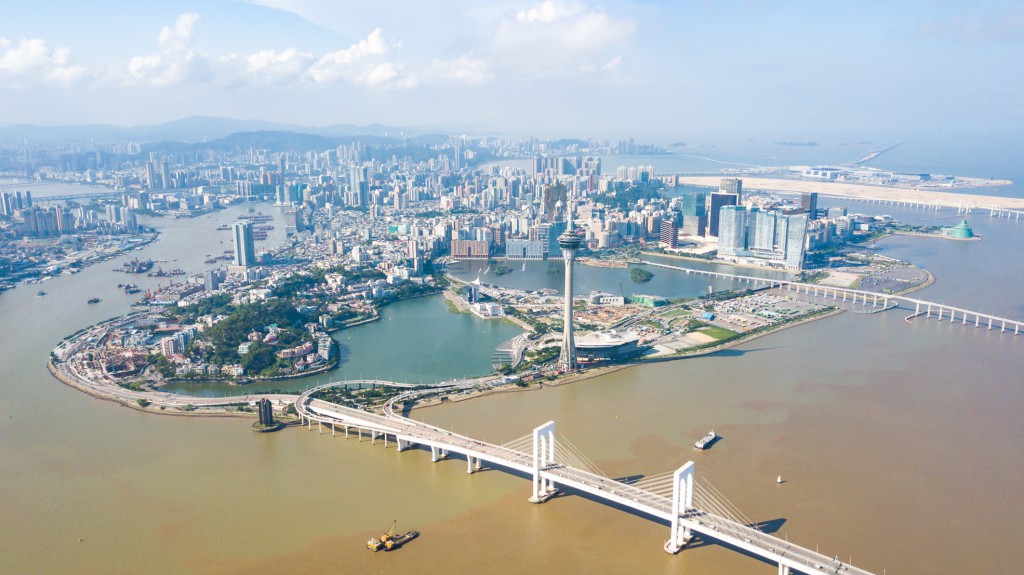
The Macao SAR Government has strengthened efforts to build a smart city
What role does education play in building a smart city?
To push forward the building of a smart city, the University of Macau is now equipped with a State Key Laboratory of Internet of Things for Smart City, focusing on Internet of Things (IoT) architectures, which is essential for smart city development. The university has also infused big data science education into a lot of its curriculums.
Meanwhile, in response to the damage caused by Typhoon Hato in 2017, the government has poured considerable resources into natural hazards and disaster risk research led by local educational institutions. For example, the smart city lab at City University of Macau is now working on a digital 3D modelling that covers the entire city, providing information from the amount of buildings to the number of units per floor and their sizes. Targeting flooding areas, the system is designed to capture geographic coordinate data of each street, including height measurements, in order to identify potential flood hazard areas under the effects of high tide.
What is the status of smart healthcare in Macao?
On the medical front, the Macao SAR Government is establishing a healthcare big data platform targeting patients with chronic illnesses. It aims to acquire the medical history and health data of patients in order to create a healthcare backend system. Not only does it provide greater patient convenience, but also predicts potential outbreaks of infectious diseases in the city.
To date, electronic medical records are being shared between different hospitals in Macao, but the usage for such a platform remains low since it involves sensitive personal information. There were about 20,000 applications in 2018. But the number is expected to climb with new mobile kiosks for patients to apply for a shared medical record system.
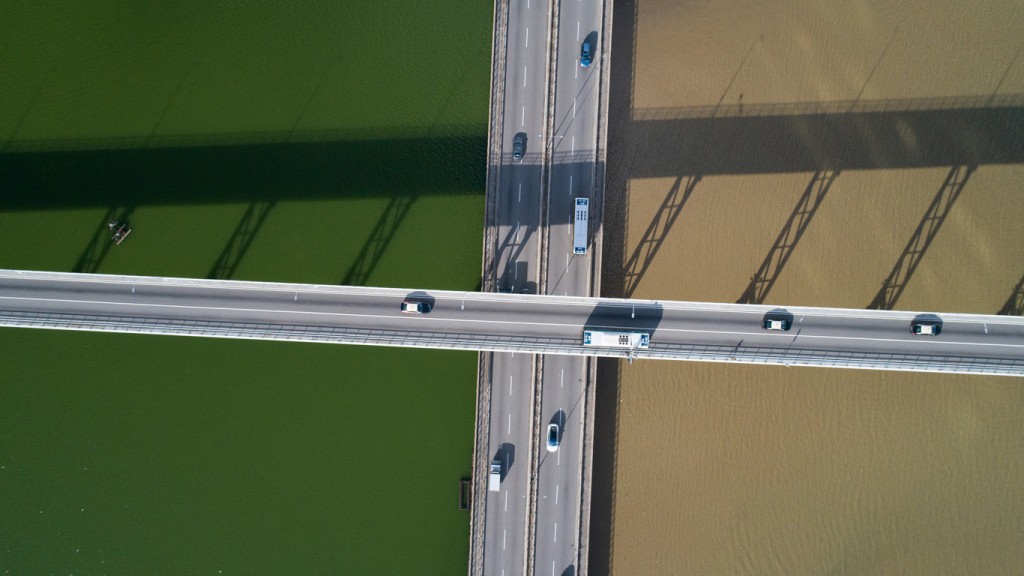
Macao is currently developing an intelligent smart traffic system
What has been the greatest challenge?
We don’t have enough access to government data. The government is the owner but not the user of its data sets, and the challenge is to make sense of all of the information and make it useful. It remains a question, because the government has not yet been able to identify what data is valuable to industries, which leads to a situation of asymmetric information.
It’s also been difficult for the government to open up data assets because a great portion of data, such as traffic volume information, needs to be made anonymous due to privacy concerns. However, they might not be useful to industries. The opening up of government data requires data interfaces to make them available and useful for the industries. It could be a digital platform, so that the requested data can be automatically updated and transmitted to end users.
Which smart city stands out from the rest?
Barcelona is a good example. Apart from the Smart City Expo World Congress held in the city every year, Barcelona also excels in intelligent public transport, pioneering the first smart bus route network in the world using GPS technology. The Spanish city also leads the way in terms of waste disposal, with smart bins equipped with sensors that relay information about the availability of each bin, which can improve waste collection and route planning of garbage trucks.
Barcelona is also ahead of the game when it comes to management and organisational structure for smart city projects. Barcelona has a dedicated smart city government department as a top-down driver that leads a group of divisions designated to various components of a smart city. In Macao, the building of a smart city is driven in the form of committee, which is less efficient particularly in terms of budget planning. It would be great to have a specific budget plan for smart city development in Macao.
How does becoming a smart city consolidate Macao’s role in the Greater Bay Area plan?
Macao endeavours to create comparable indicators for measuring the success of smart city projects within the Greater Bay Area. For example, China currently has a lot of index on smart city infrastructures such as the amount of smart lamp posts; whereas Macao tilts toward intangible data such as the number of arriving and departing visitors. We are striving to align the index from both sides to make them comparable.
We are also working on opening up more government data for other Greater Bay Area cities to use. A recent example is the adoption of the new “cooperative inspection and one-time release” model at the Macao and Zhuhai ports of the Hong Kong–Zhuhai–Macao Bridge, which is backed by data sharing.
In future, we hope to expand the use of cross-border information sharing. For example, allowing Macao residents to pay bills in other Greater Bay Area cities. This means acquiring bank account information from the payers as well as data from companies in other Greater Bay Area cities, and then linking them together. We are striving to ramp up cross-border data flows throughout the Greater Bay Area.
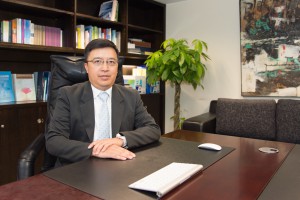
We are also working on opening up more government data for other Greater Bay Area cities to use.

